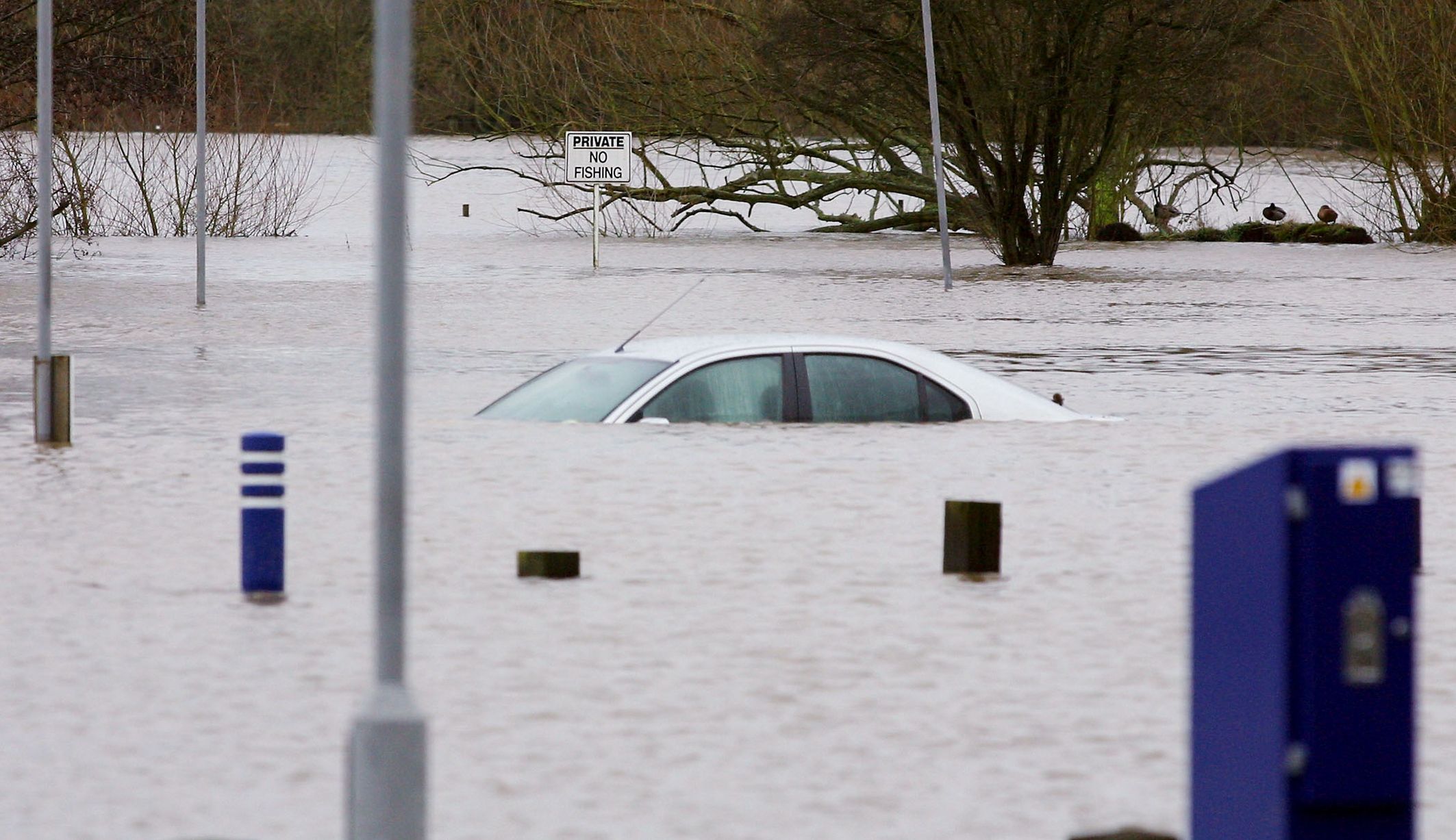Image from ‘Looking back at floods in Reading, Wokingham and Bracknell‘ Get Reading, 2014
Flooding is inevitable and anticipated to worsen in future years with more extreme weather as the climate changes. Understanding the public’s perception of flooding is crucial in order to break the cycle of communities continuously battling against the disruption and damage it causes. Knowing this, my interest for my dissertation was drawn to how residents in two separate catchments perceived flooding in recent years; and if they felt anything was being done to reduce local flood risk by institutions such as the Environment Agency and local flood authorities who manage, finance and deliver flood management in England and Wales.
“Scientific rationality without social rationality remains empty, but social rationality without scientific rationality remains blind” (Beck, 1992)
Reading around the topic of public perception of flooding, I came across this quote from Beck (1992). The quote for me summarised the whole topic and seemed to make it so simple… That without involving the public and understanding their perceptions, how are they supposed to be “protected” from flooding if they aren’t included in the process? In order to better prepare those living at risk of flooding, the concept of public perception needs to be understood to assist in preparing, and communicating adequate flood mitigation measures which are bespoke and holistically tailored to different flood affected areas.
The Loddon and Pang catchments were two areas close to me that experienced flooding to a great extent. With the help of two local flood groups, the Loddon Valley Residents Association and the Pang Valley Flood Forum, alongside the use of online questionnaires, I managed to gather numerous responses to explore perceptions of flooding in this area. The responses were collated and compared with empirical data collected from the National River Flood Archive (NRFA). From my analysis of the NRFA data, it was evident that fluvial flood frequency (i.e. flooding from the river) had not seen a change in trend over the past 30 year study period in either catchment area; and while flood magnitude in the Loddon catchment did not see a trend, the Pang catchment experienced an increase in magnitude post 2000. Data on pluvial flooding caused from intense rainfall only, or groundwater flooding were not examined within this study, partly due to difficulties in obtaining this information due to lack of routine monitoring data compared to river level and flow.
The public perception of flooding in each catchment did not match the available river observed data.
55% and 46% of respondents from the Loddon and Pang, respectively, perceiving that there had been an increase in flood frequency. 49% of Loddon respondents and 34% of Pang respondents perceived an increase in flood magnitude. Within this study group, there was a clear mismatch between perception and observed river monitoring data. This raises questions about the nature and cause of flooding in these areas and monitoring data availability to evaluate this for river, surface water flooding and groundwater flooding.
This mismatch highlights that there is a lack of communication and/or poor understanding between local/national bodies who collect data and the public, which could lead to the public distrusting local/national bodies who manage flood mitigation strategies. Distrust goes hand-in-hand with the public not always undertaking advice given by authorities to reduce flood risk. Additionally, lack of communication between the public and local/national bodies suggests a lack of understanding and incorporation of the public’s opinions on flooding matters. This can also result in the flood authorities using their own language to comment with communities that may not be meaningful nor correctly situated to be understandable to communities
Therefore, improving communication between the parties as well as incorporating and utilising public perceptions more effectively is essential in order to move forward to minimise flood risk. Whilst some communication channels are available, more could be done to make better use of local knowledge and perceptions at all scales of flood risk management. This needs to be done before flooding escalates in frequency and magnitude as a consequence of climatic change, urban densification, population growth, and other factors. In conclusion, my research highlighted that to move forward to attain more effective flood mitigation strategies, human aspects need to be incorporated and taken more seriously.
Gemma Sutherland graduated with BSc in Geography, University of Reading, in 2018. This work was carried out for her Independent Research project, with support from Dr Joanna Clark and Dr Liz Stephens (University of Reading); Phiala Mehring (Loddon Valley Residents Association); Kay Lacey (Pang Valley Flood Forum) and local residents within the Loddon and Pang catchments.

